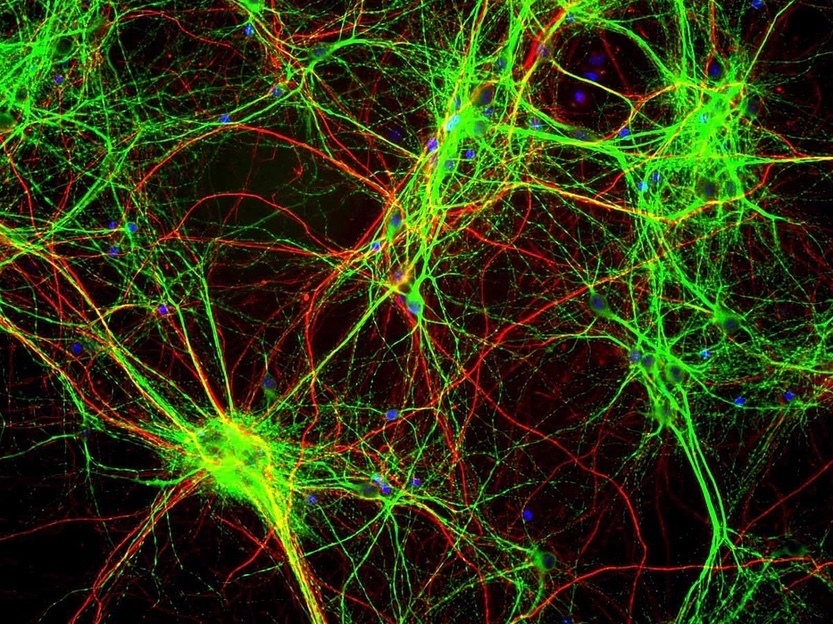3D-printed tracheal splint supports baby's airways, saves life
Geege Schuman stashed this in Design
Stashed in: Awesome, Medicine, 3D Printers
They say necessity is the mother of invention, and nowhere was it more necessary than in the case of Kaiba Gionfriddo's life. The infant was born with a condition called tracheobronchomalacia that results in weakened support for the trachea, and his fate seemed all but decided until researchers at the University of Michigan proffered an unlikely solution: a 3D-printed tracheal splint.
The splint was custom-made just for the child and designed to hold the trachea in place as the bronchus builds around it, giving it strength. In two to three years, the trachea will be able to stand on its own, and the polycaprolactone biomaterial used to create the splint will be absorbed into the body. After a successful operation, Kaiba was taken off ventilator support -- and he hasn't needed it since. From 3D-printed skull prosthetics to this recent innovation, it's clear 3D printing has a far more noble future than just making pizza.
Although, to be fair, 3-d printing of pizza is also quite awesome.
This is incredible! Necessity is absolutely the mother of invention.
We live in truly amazing times, Jeana.
I know! Check this out:
Earlier this week, an un-named man in the United States had 75 percent of his skull replaced with a 3D-printed plastic prosthetic, the first-known operation of its kind. The transplant was carried out by Oxford Performance Materials, which received approval to carry out such procedures from the US Food and Drug Administration last month. The company crafted the artificial skull based on a 3D scan of the patient's head, and the polyetherketoneketone prosthetic sports holes meant to encourage the growth of new cells and bone. According to the firm, about 500 people in the US could benefit from this technology each month.
Artificial body parts are one of the most exciting advancements in 3-d printing.
And we're just getting started.











3:49 PM May 23 2013